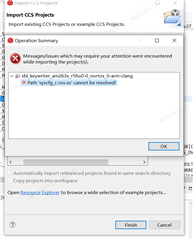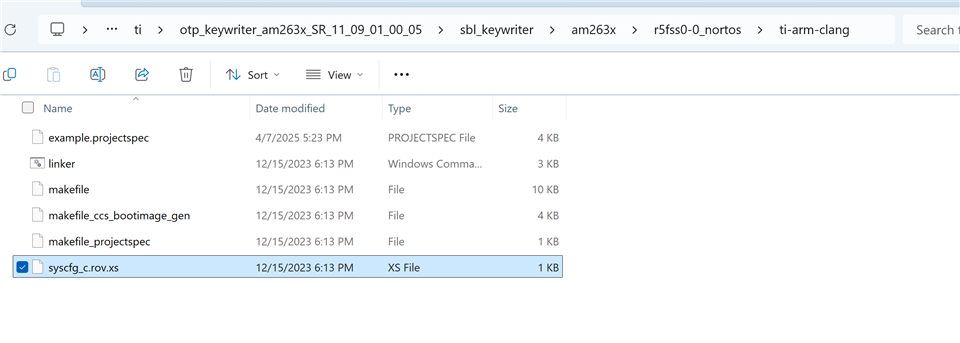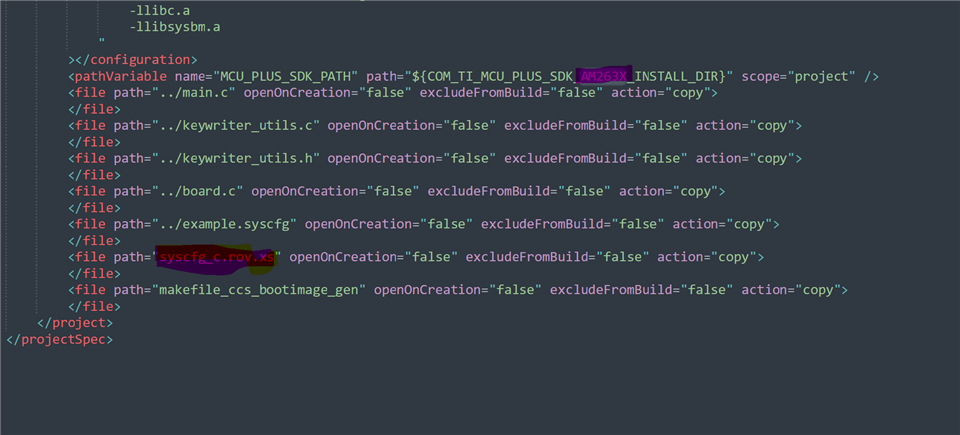Other Parts Discussed in Thread: AM2634
Tool/software:
Hi Experts,
Customer used AM2634 for HSM development. For boards in the same batch, some boards HSM services can be normal, while some boards HSM services are abnormal (3 failed/ 10 boards). Could you give us suggestion or debug guide? Thanks.



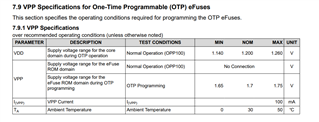
 The result is as follows. Is that right?
The result is as follows. Is that right?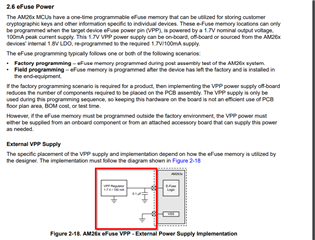


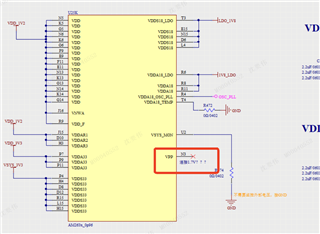 VPP External 1.7V power supply Add 0.1u capacitor to the PCB, and the OtpkeyWriter fails
VPP External 1.7V power supply Add 0.1u capacitor to the PCB, and the OtpkeyWriter fails
